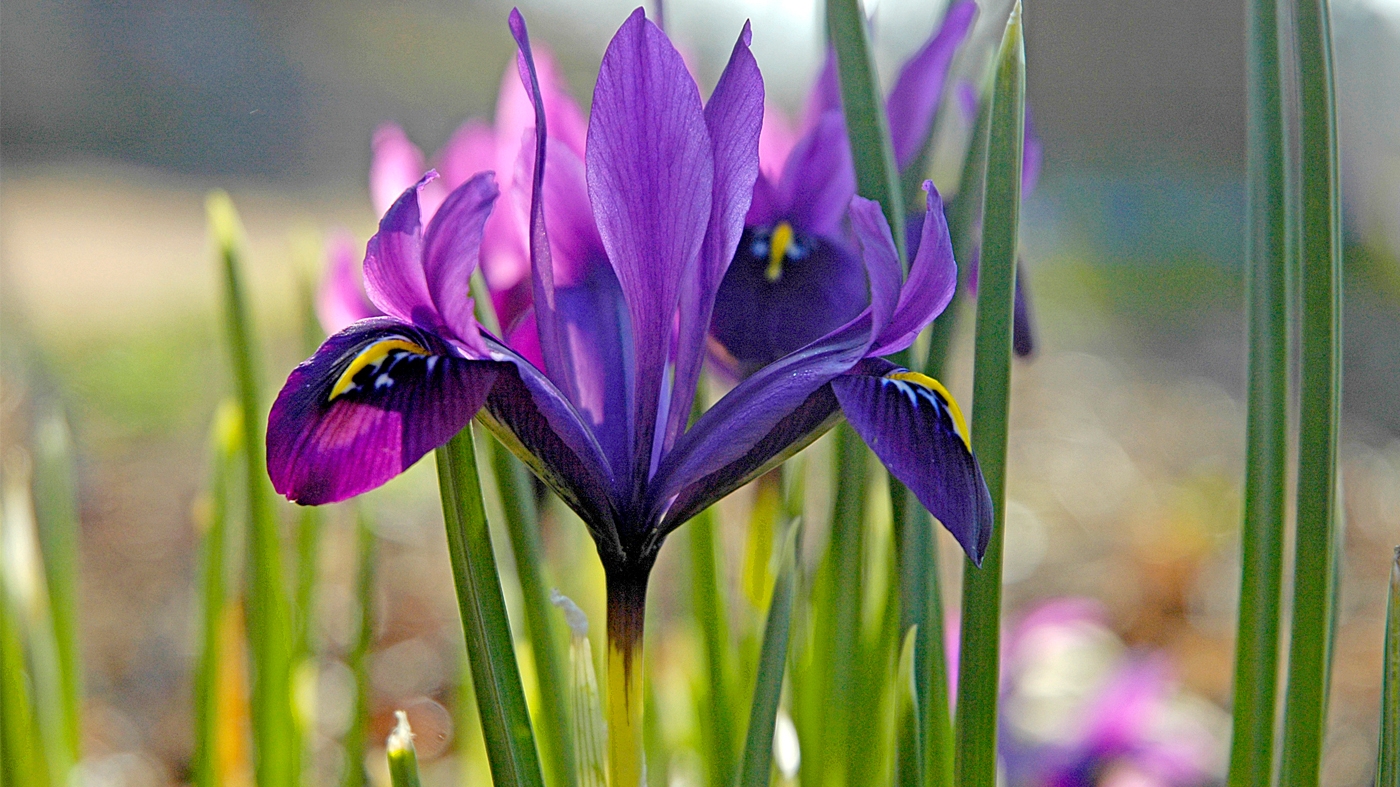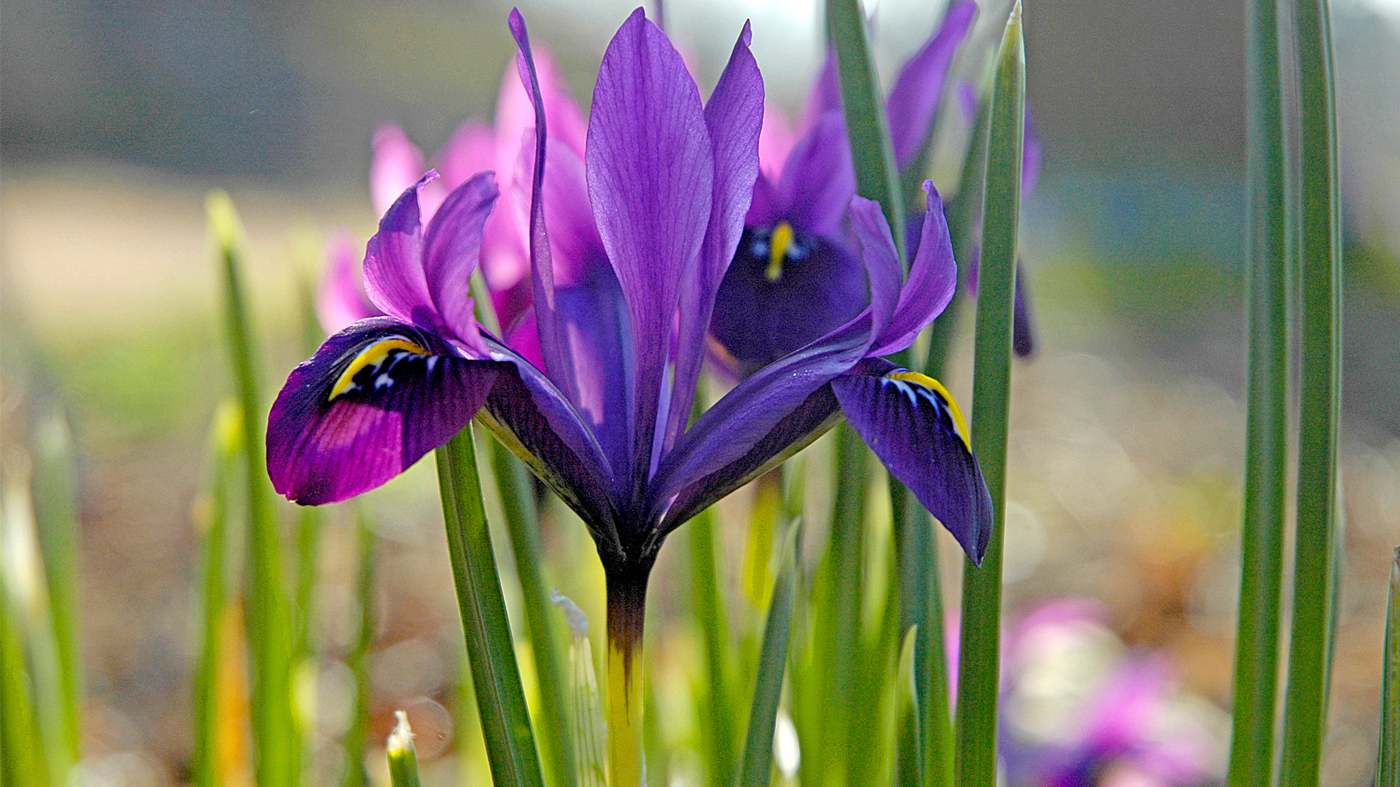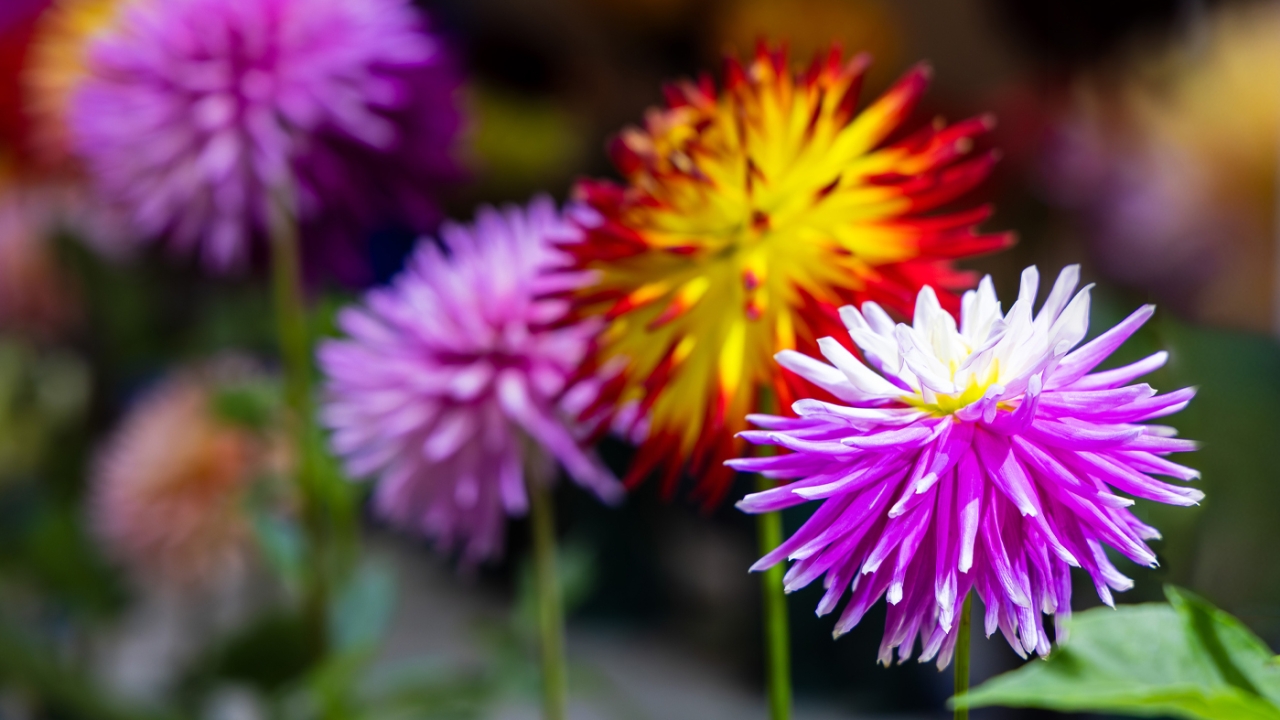

Smart Gardener
Peppers are Hot
A favorite flavoring all over the world, pepper is used in a different way by each cuisine: Caribbean chefs flavor their dishes with habanero; in Thailand they prefer prik kee noo; in Ethiopia they enjoy piri piri; and the Brazilians use malagueta. (For the extremely local, no Chicago dog is complete unless it comes with sport peppers!) Use these top tips to ensure the best pepper harvest year after year in your garden, because every bite is worth savoring.
Horticulturist favorites
Every year brings new cultivars and favorites along with the trusted pepper favorites. This year’s picks encompass a variety of flavors. 'Joe's Long Cayenne' is a sturdy, problem-free plant that sets dozens of bright red, hot, delicious fruits. 'Red Marconi' is tasty and sweet—try it on a turkey burger, or simply roasted. 'Bulgarian Carrot' looks like its namesake, but tastes both hot and fruity. Read on for other top pics.
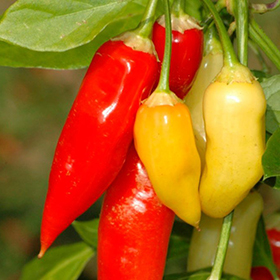
Capsicum baccatum
'Aji Cristal'
As the fruits ripen from lime green to yellow to red, the heat builds to 30,000-50,000 on the Scoville scale. Citrusy, good in salsa.
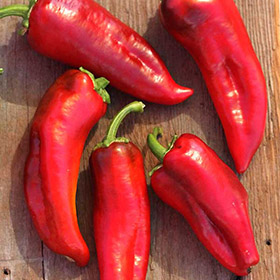
Capsicum annuum
'Tolli's Sweet Italian'
An heirloom that can do it all, it's a 5-inch-long fryer/canner/saucer that's also sweet to eat fresh. Productive, too, with more than 15 peppers per plant.
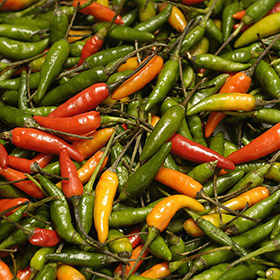
Capsicum frutescens
'Malagueta'
A very special guest grown from USDA seed from Brazil, 'Malagueta' is synonymous with the cooking of the state of Bahia. It packs a punch: 60,000-100,000 Scoville heat units.
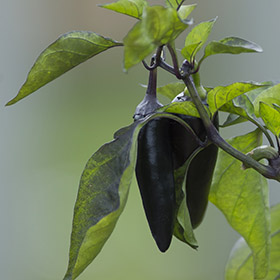
Capsicum annuum
'Black Hungarian'
A tall plant with purple-black veined leaves and purple blooms, the "black" peppers fully ripen to red; rated 20,000 (medium hot) on the Scoville scale.
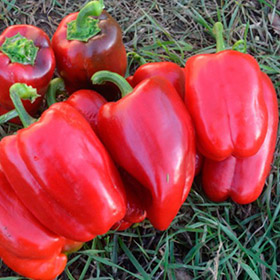
Capsicum annuum
'Buran'
A triple-lobed bell, it's a Polish heirloom with a reputation for being one of the sweetest of all peppers.
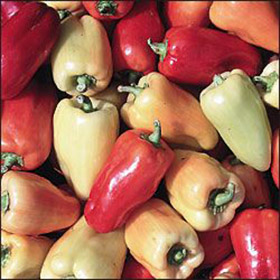
Capsicum annuum
'Garden Sunshine'
What a swell bell! Heavy yields of sweet, 8-inch-long fruits that turn from creamy yellow to orange to red redefine what a bell pepper can be.
Get the most from your harvest
- Peppers are in the genus Capsicum, and in the family Solanaceae, which means they’re cousins of tomatoes, eggplants, and petunias, and are susceptible to the same soil diseases and pests. Rotate your crops every year to keep beds healthy.
- Pepper plants are notoriously brittle. Stake stems carefully to support heavy fruit, and don’t pull at the fruit when harvesting—use snips or a sharp knife instead.
- Originating in South America, peppers need heat to thrive. In fall as nighttime temps reach 50 degrees Fahrenheit, pull the entire plant—roots and all. Hang pepper plants by their roots in the basement or a storage room, where fruit will eventually ripen. Don’t forget to save those seeds!
Looking ahead: sowing your own seed
Most home gardeners prefer to buy peppers in pots at their local garden center—and let's face it, not everyone wants to start seeds two months early indoors—but growing peppers from seed can’t be beat to get the exact pepper you want. (Trade seedlings with friends to get a variety in your garden.) Pepper seedlings are not hard to start, but plants can be picky about being transplanted. To get a great yield, you want to start with healthy transplants.
- When seeding, consider using a bottom heating mat set at 80 to 90 degrees to ensure germination. Peppers will germinate at lower temperatures, but results will be more erratic.
- If you seed in shallow cell trays, be sure to transplant into larger trays as soon as the first set of true leaves emerge. Keep an eye on your peppers’ growth. While the plants’ roots should eventually fill the pots or cells they are grown in, root-bound plants will result in a compromised crop.
- Pinch off developing blooms as seedlings grow to encourage a sturdier habit for transplant.
- When plants are six to ten weeks old with thick stems, they are ready to go outside.
- While it’s tempting to get your plants right in the ground, harden off plants in a shady spot outdoors for one to two weeks. Start by putting plants out in warm temperatures (above 60 degrees) for an hour at a time, increasing duration and sunlight each day.
- Plant in full sun when soil temperatures are around 65 degrees and outdoor temperatures remain above 50 degrees at night.
- Mulch well—straw or black plastic mulch (sold in rolls, like landscape fabric) is recommended by many seed companies to increase soil warmth and keep weeds at bay.
Karen Zaworski is a garden writer and photographer who lives and gardens in Oak Park, Illinois.
